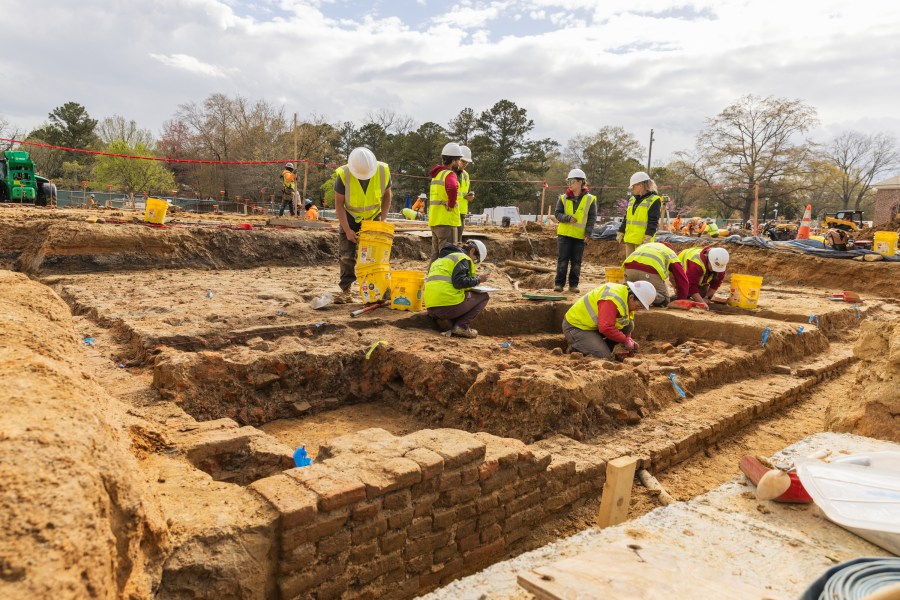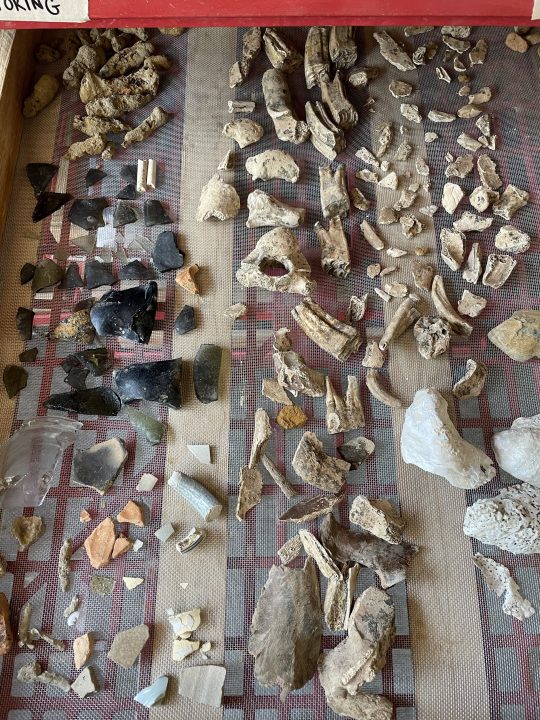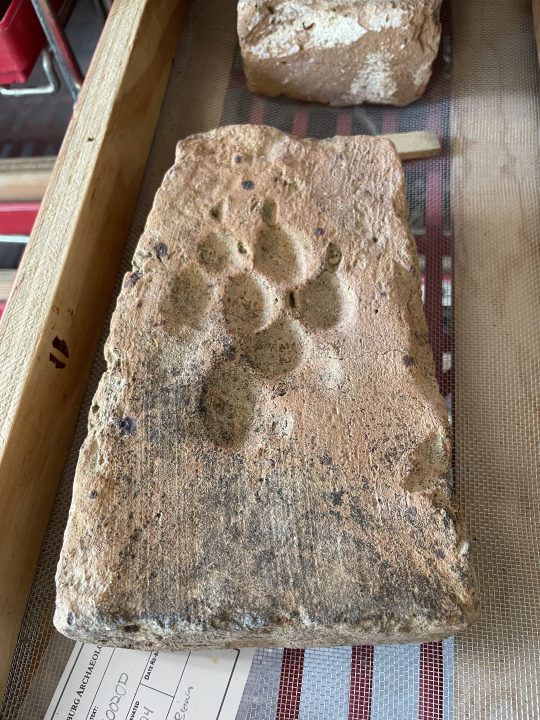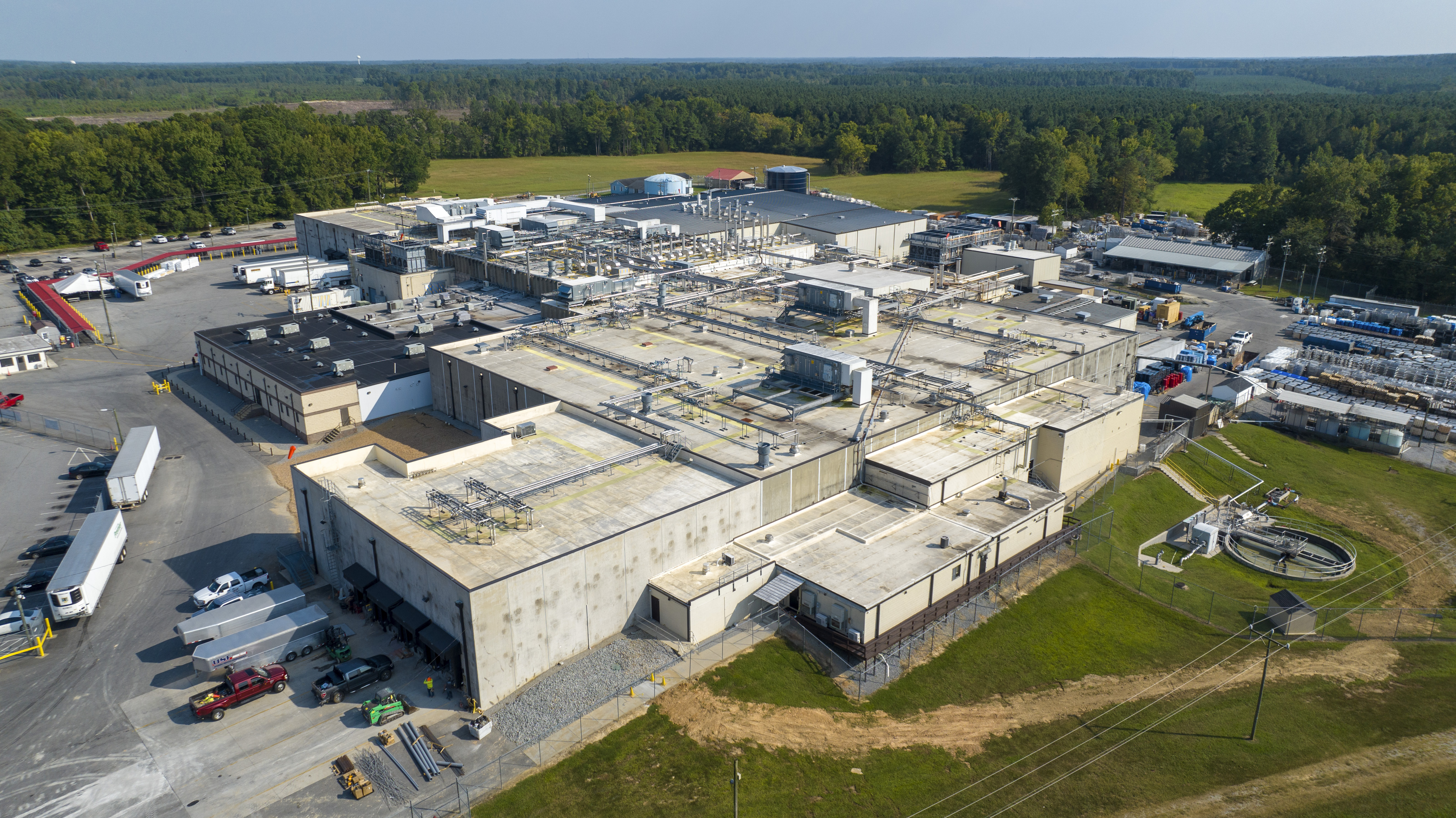WILLIAMSBURG, Va. (WAVY) — Archaeologists discovered the foundation of a 1600s house during the construction of the new Colin G. and Nancy N. Campbell Archaeology Center in Colonial Williamsburg.
“It [what they know] is literally changing by the minute while we excavate the site right now, which makes it really exciting,” said Jack Gary, Executive Director of Archaeology at Colonial Williamsburg.
What they do know is the house had a chimney on at least one side and a cellar. The house was made of plaster walls and casement windows. Gary said just before talking to 10 On Your Side Monday that he was at the site, where they found what appears to be an almost intact pane of one of the casement windows.
“It’s a really unique opportunity for us to be able to examine a site from this time period,” Gary said, “which we just don’t have that many sites from.”
Gary estimates it will take his team of almost 30 archaeologists about two more weeks to excavate the site, but he said physically digging the artifacts out of the ground is only about 40% of the work. The other 60% takes place in the laboratory.
“So all these artifacts that we’re uncovering, which are going to be literally thousands of artifacts,” Gary said, “will come back to our laboratory, where we will wash them, catalog them, start to fit broken things back together to get a sense of what they were. So the study of that on the site will actually continue on for weeks, if not months after, after the actual excavation is done.”
Everything they find will be turned into exhibits to go into the new archaeology center, where visitors will have the opportunity to see the artifacts that came from the site underneath the new building. The construction team is also exploring ways for visitors to be able to see the site itself from the hallways, which will be directly above it.
The Colonial Williamsburg Foundation credits this find to having an archaeologist on the construction site at all times — something that is protocol in Colonial Williamsburg.
“Any ground disturbing activities, from putting in new utilities to building new buildings,” Gary said, “we always precede that work by reviewing what we know about the area, doing any testing if we need to beforehand, and then if we deem that well, it’s probably best for us to be on site when it’s happening. Then we’ll be onsite when the construction is actually happening.”
The archaeological site is closed the public, which Gary says is because the active construction site could make it dangerous, but you can watch their work on live cameras.
















































































































